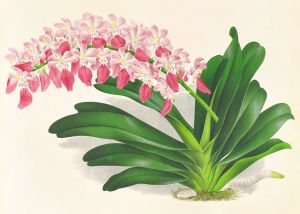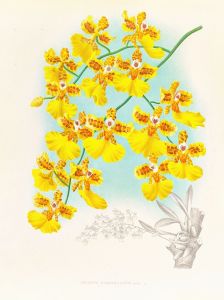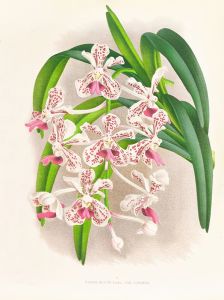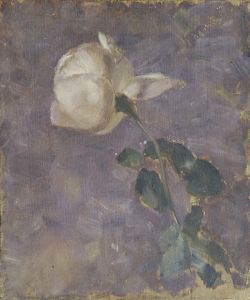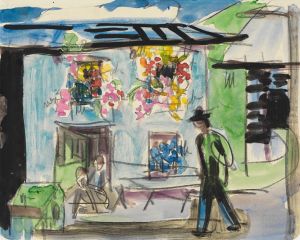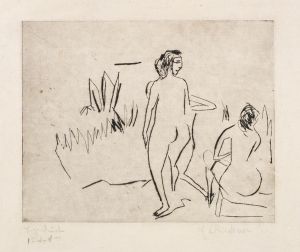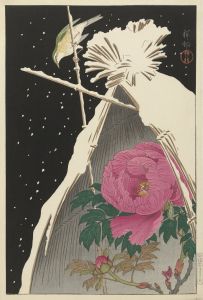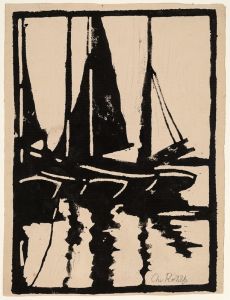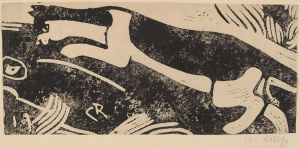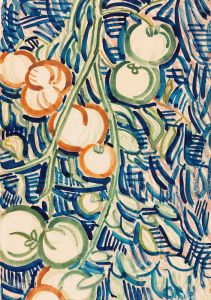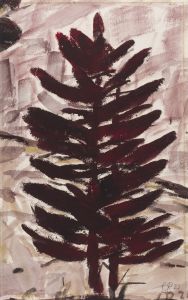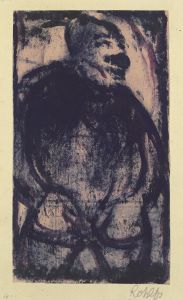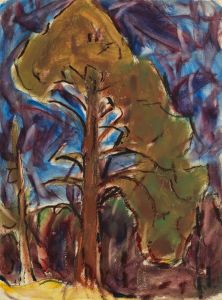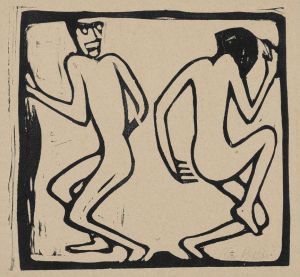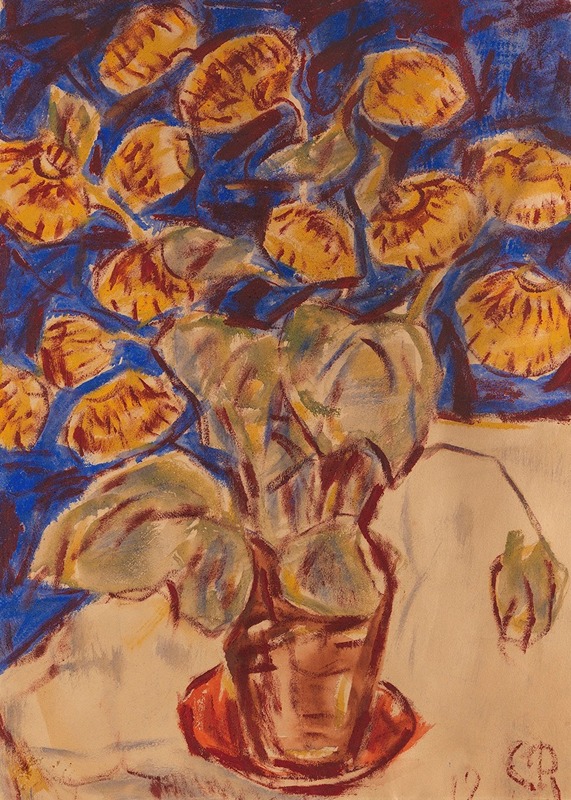
Pantoffelblume
A hand-painted replica of Christian Rohlfs’s masterpiece Pantoffelblume, meticulously crafted by professional artists to capture the true essence of the original. Each piece is created with museum-quality canvas and rare mineral pigments, carefully painted by experienced artists with delicate brushstrokes and rich, layered colors to perfectly recreate the texture of the original artwork. Unlike machine-printed reproductions, this hand-painted version brings the painting to life, infused with the artist’s emotions and skill in every stroke. Whether for personal collection or home decoration, it instantly elevates the artistic atmosphere of any space.
Christian Rohlfs (1849-1938) was a German painter and one of the most important representatives of German Expressionism. His work spanned several artistic movements, including Impressionism and Post-Impressionism, but he is best known for his contributions to Expressionism. Rohlfs' career was marked by a continuous evolution of style, reflecting his responsiveness to contemporary artistic trends and his personal experiences.
One of Rohlfs' notable works is "Pantoffelblume" (Slipper Flower), which showcases his mature style. The painting is an excellent example of his use of color and form to convey emotional intensity and a sense of the inner life of his subjects. "Pantoffelblume" is characterized by its vibrant palette and dynamic brushstrokes, which create a sense of movement and vitality. The slipper flower, or Calceolaria, is depicted with a focus on its unique shape and vivid colors, emphasizing its exotic and somewhat otherworldly appearance.
Rohlfs' approach to painting was deeply influenced by his exposure to various artistic movements and his personal experiences. Born in Gross Niendorf, Germany, he began his artistic training at the Grand-Ducal Saxon Art School in Weimar. His early work was influenced by the academic traditions of the time, but he soon began to explore more modern approaches to art. The turning point in his career came when he encountered the works of the French Impressionists and Post-Impressionists, which inspired him to experiment with color and form.
In the early 20th century, Rohlfs became associated with the Expressionist movement, which sought to express emotional experience rather than physical reality. His work from this period is characterized by bold colors, dramatic contrasts, and a focus on the emotional and psychological aspects of his subjects. "Pantoffelblume" exemplifies these qualities, with its intense colors and dynamic composition conveying a sense of energy and emotion.
Rohlfs' contributions to art were recognized during his lifetime, and he received numerous accolades and exhibitions. However, his career was not without challenges. During the Nazi regime, his work was condemned as "degenerate art," and he was banned from painting and exhibiting. Despite this, Rohlfs continued to work privately until his death in 1938.
Today, Christian Rohlfs is remembered as a pioneering figure in German Expressionism, and his works are held in major museums and collections around the world. "Pantoffelblume" remains a testament to his innovative approach to color and form, and his ability to convey deep emotional resonance through his art.





